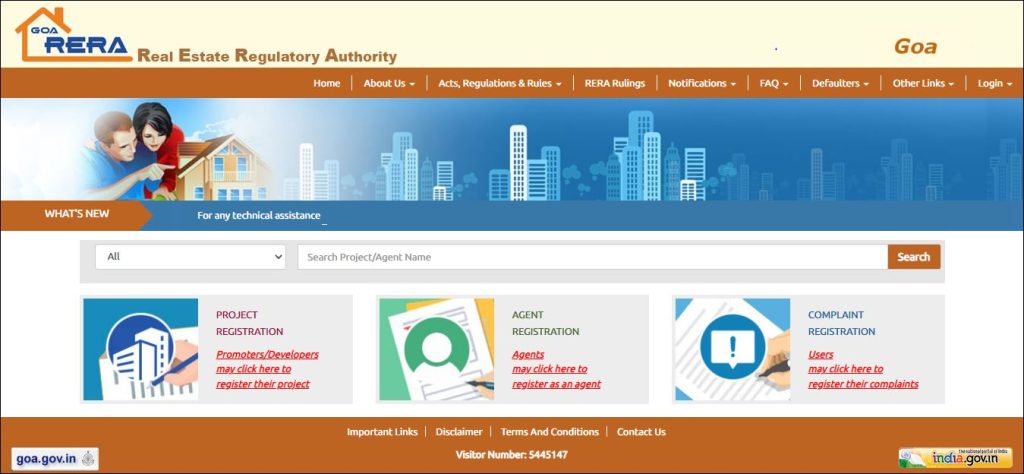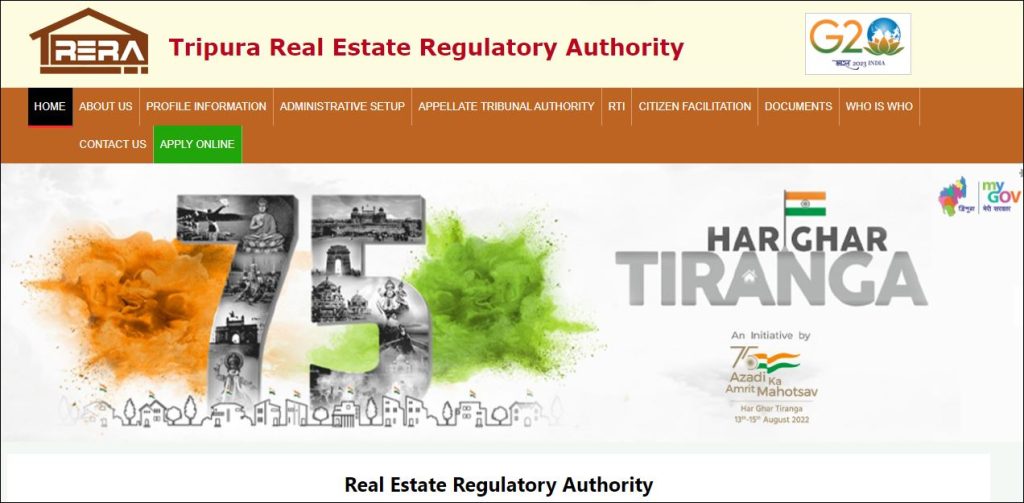On April 6, 2023, the Reserve Bank of India announced its first bi-monthly policy for the fiscal year 2023-2024 while maintaining the repo rate at 6.50%. The apex bank raised the repo rate by 25 basis points on February 8, 2023. With the hike, the repo rate—the interest rate at which India’s central bank loans money to established banks—rose to 6.50%. This fiscal year, the repo rate increased for the sixth time in a row. The repo rate has been increased by 250 basis points overall by the RBI in FY23.
What does this decision entail for a house buyer?
Home purchasers are informed that the cost of borrowing will increase or decrease as a result of changes in the repo rate made by the RBI. Because the repo rate has such a big impact on your financial situation, it’s crucial to understand everything there is to know about it. Understanding how the reverse repo rate operates is also crucial to better understanding how your home loans function.

For example, SBI customers who are currently making monthly payments of Rs 21,834 for a home loan for Rs 25 lakh with a 20-year term would soon be required to make payments of Rs 22,253 a month following the hike. The EMI would rise from Rs 19,400 monthly to Rs 19,846 if the loan had a 30-year term.
Understanding Repo Rate
Financial institutions must pay interest for the money they borrow from the central bank in the same way that borrowers must pay a certain amount of interest to obtain credit from banks. The repo rate is the name of this interest. Repo stands for ‘repurchasing option” or “repurchase agreement,” respectively. According to the arrangement, scheduled commercial banks give RBI securities like Treasury Bills or gold in exchange for overnight credit when there is a liquidity shortage.
It is important to note that banks require money to make loans. They can borrow from the central banks or accept deposits from the general population, and repurchase agreements allow for this.
Current repo and reverse repo rate
The repo rate is a useful instrument for the banking regulator to control inflation in addition to assisting banks with lending availability. The RBI raises the repo rate in cases of rising inflation to deter banks from borrowing. As a result, the economy’s liquidity ultimately declines, which eventually controls the high inflation. In the event of declining inflation, a reversing strategy is implemented. In this scenario, the repo rate is lowered to encourage banks to take on more debt, ultimately boosting the market’s supply and sparking new investment activities.
Notice that the credit supplied by the RBI to the bank in this manner is only provided for overnight use, and the banks purchase their securities that were deposited with the banking regulator at a predetermined rate.
Reverse Repo Rate
The interest banks charge the RBI for credit extended to the banking regulator is the reverse repo rate. The RBI also employs reverse repo rates, which remove liquidity from the economy, to maintain desirable inflation levels. The RBI encourages banks to lend money to it by raising interest rates, which causes the system’s excess liquidity to be used up. As a result, banks do not have much available credit to lend.
Difference between reverse repo and repo rate
Repo rate
The interest rate the RBI charges for credit loans
Always higher than the rest for reverse repo
An instrument for reducing inflation
Complies with a buyback agreement
Bonds are used to conduct transactions
Reverse repo rate
Usually less than repo rate
An instrument for preserving financial flow
Functions according to the reverse repurchase agreement
Bonds are used to conduct transactions
In transactions, bonds are used
Principles of India’s repo rate
The RBI controls and sets the repo rate
Repo rates are a method of reducing inflation
Based on the repo rate, banks modify the interest rates on savings accounts and fixed deposits
The reverse repo rate was the name of the repo rate before October 2004
What is a monetary policy review
Every two months, the six-member Monetary Policy Committee of the RBI, chaired by the governor, meets to determine the bank’s monetary policy and adjust key interest rates in accordance with the economy’s state. The monetary policy review also summarizes the nation’s current economic circumstances and details the current and upcoming steps the RBI intends to take to boost the economy.
How are houses affected by changes in the repo rate?
Banks pay less for borrowing when the RBI reduces the repo rate. Banks are anticipated to eventually pass on this benefit to the customers. In contrast, when the RBI adjusts its lending rate upward, home loan interest rates also increase.
Interestingly, banks are quicker to pass on rate increases to customers than they are, on average, to lower their lending rates. So, even though changes in the repo rate ought to be instantly reflected in the interest rates of financial institutions, this only increases the likelihood of quick transmission, and frequently the RBI needs to encourage banks to pass along the advantages of lower rates to borrowers.
Future expectations may include faster transmission of policy as a result of the bank’s October 2019 decision to link the interest rates on house loans to the repo rate. Prior to that, banks priced house loans using internal lending benchmarks such as the prime lending rate, base rate, and marginal cost of funds-based lending rate (MCLR).
The MCLR was an internal lending benchmark that went into force in 2016 and allowed banks to ‘reset’ the loan rate at intervals outlined in the loan agreement. The banks did not pass on these rate reductions from the banking regulation to the customers as quickly as was anticipated. However, the burden was immediately transferred in the event of a rise.
When determining lending rates for MCLR-based loans, banks must also consider their cost of deposits, operating expenses, etc., in addition to the repo rates. Thus, MCLR-based loans are always likely to transmit changes in policy rates more slowly, according to Naveen Kukreja, co-founder and chief executive officer of Paisabazaar.com.
Due to the MCLR regime’s modest performance, the RBI ordered banks to convert to an external lending benchmark in 2018. This would better position borrowers to profit from policy changes. After that, beginning in October 2019, banks shifted to the repo rate-linked lending system. Almost all of India’s major banks currently provide house loans based on the repo rate set by the RBI.
Key factors about repo-rate linked home loans
Buyers who take out a home loan at the repo rate or those who move from their current home loans to it need to understand certain details about these loans.
Faster transmission: Any adjustments to the repo rate will likely be reflected in your EMI outlay considerably more quickly.
Borrowers should anticipate a much faster transmission of their loan rates with repo-rate-linked house loans. Also, these loans will be more open in terms of the rate-setting process, which should provide consumers more assurance when estimating their loan interest rates, according to Kukreja.
This also implies that your house loan EMI would increase if the banking authority modifies its benchmark lending rate. Hence, Kukreja cautions, repo rate-linked loans may actually operate against purchasers within the current environment of rising interest rates.
Also, banks will finally decide how much extra interest they will add to the repo rate on mortgages. The lowest housing loan currently on the market is 8.50%, which is a two-percentage-point difference from the repo rate, which is currently at 6.50%.
Disclaimer: Access to the content on this internet page is provided by iPropUnited as a courtesy to the public service for educational reasons based on related news and stories. The accuracy of any information on this website cannot be guaranteed, however, it is all believed to be credible.
Follow and Connect with us: Twitter, Facebook, Linkedin, Instagram





















